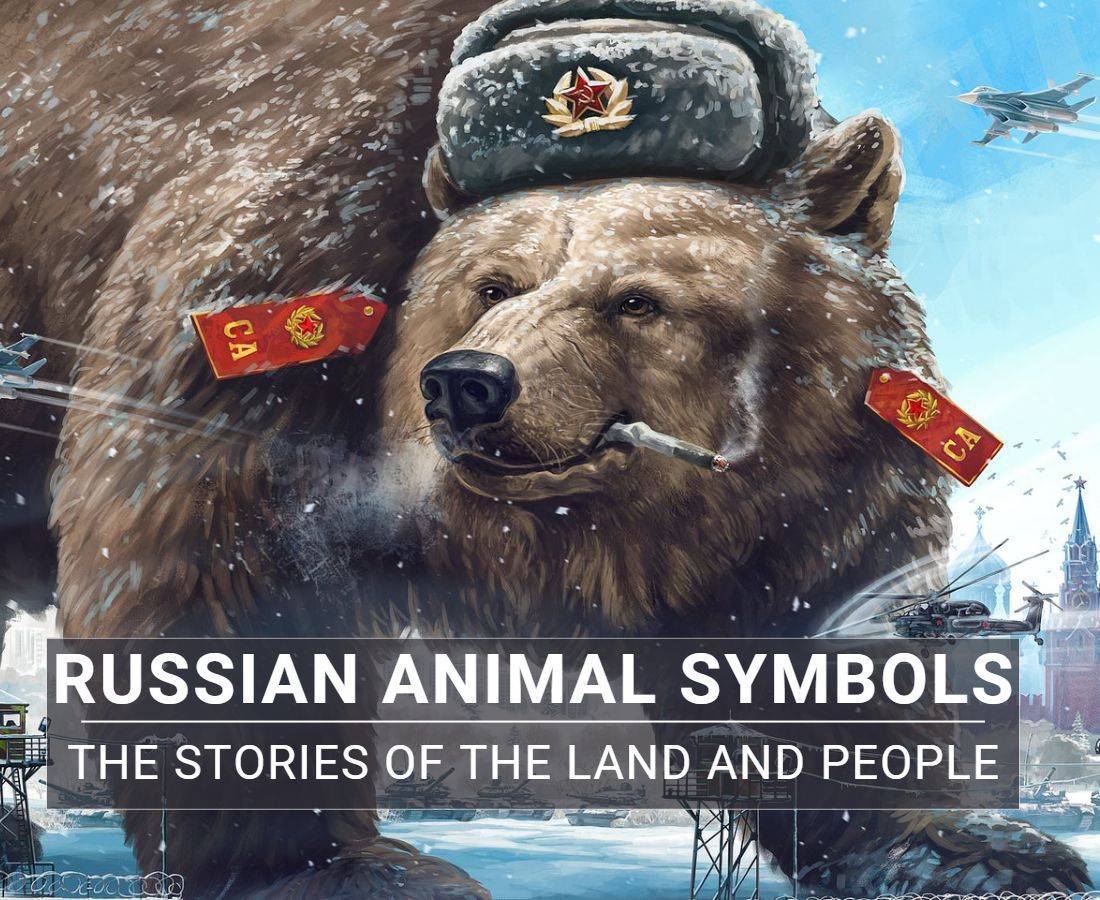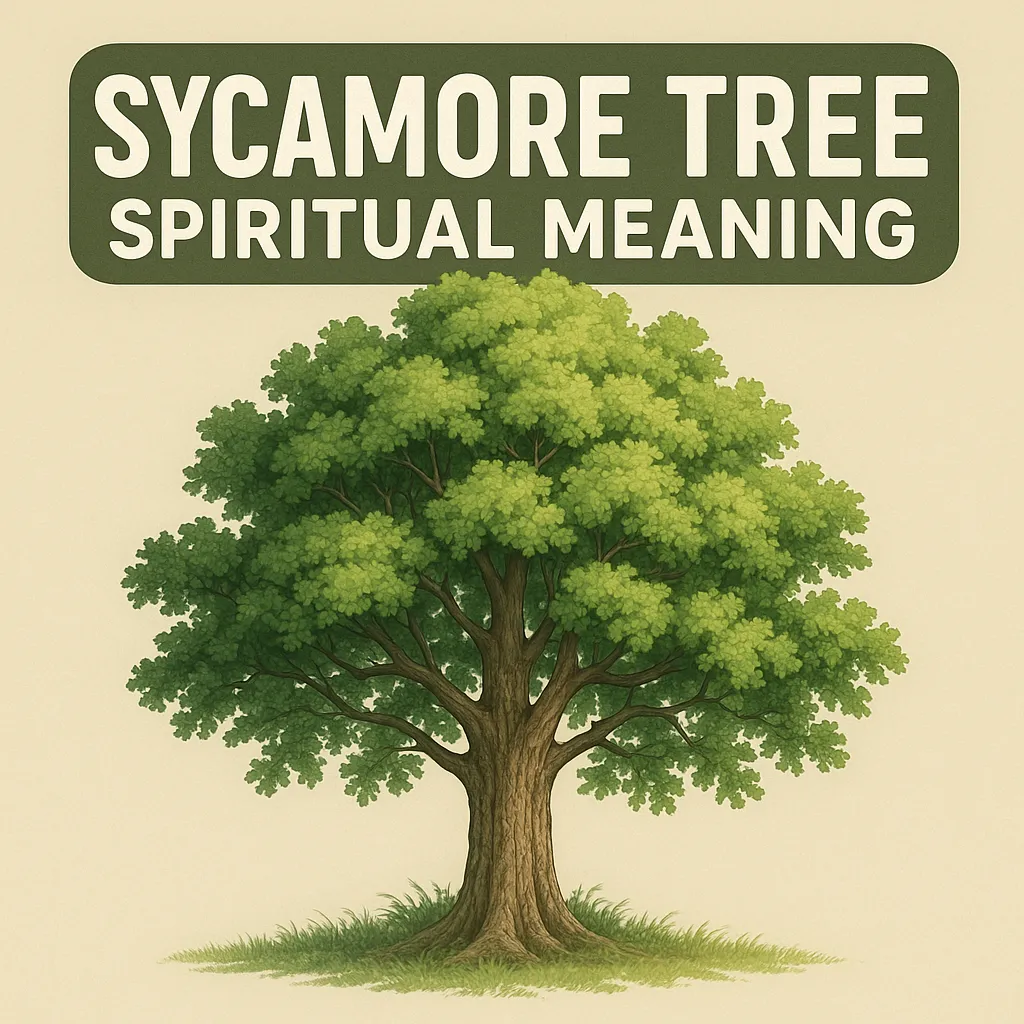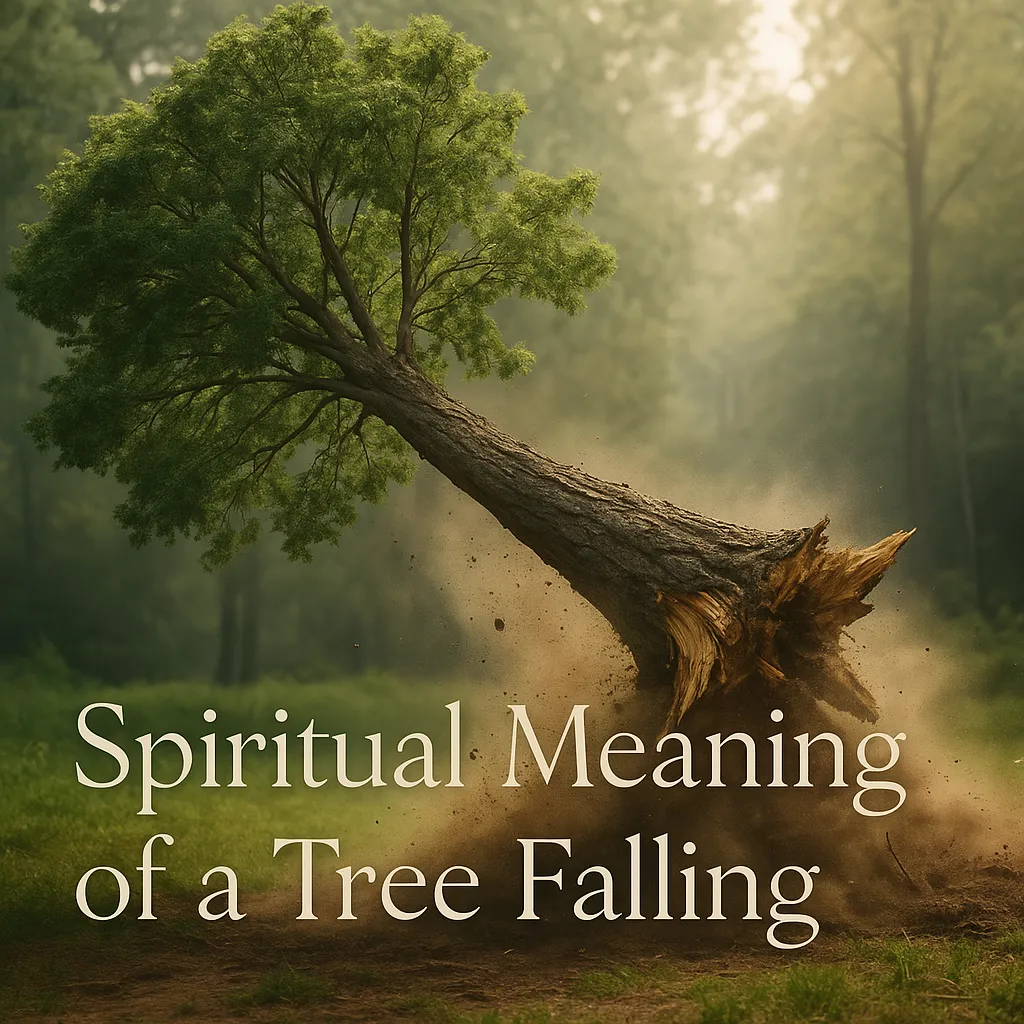|
Getting your Trinity Audio player ready...
|
What characteristics do you associate with a bear, wolf, or fox when you think of their personalities? Russian literature, art, and entertainment have all heavily incorporated animal symbolism.
Bears, horses, and eagles are well-known national animals in Russian folklore, each with distinct personalities and lessons to teach others. Learn about the significance of animals in Russian culture and each animal’s characteristics in this article.
Table of Contents
- 1 Key Takeaways
- 2 The history of Russian animal symbols
- 3 Russian animal symbolism
- 4 Modern examples of animal symbolism in Russia
- 5 Conclusion
- 6 Exploring Russia’s National Animal Symbolism and Folklore Heritage
- 7 FAQ
- 7.1 Does Russia have an official animal?
- 7.2 Why do bears represent Russia?
- 7.3 What is the national bird of Russia?
- 7.4 Why do Russian like bears?
- 7.5 What role do mythical creatures play in Russian cultural identity?
- 7.6 How has the double-headed eagle evolved as a Russian emblem?
- 7.7 Why are wolves portrayed differently in Russian folklore than in Western traditions?
- 7.8 What significance do foxes hold in Russian symbolic tradition?
- 7.9 How do animal symbols appear in modern Russian political imagery?
- 7.10 What is the relationship between Russian literature and animal symbolism?
- 7.11 How do Slavic mythological creatures differ from those in other European traditions?
Key Takeaways
- The bear symbolizes strength and resilience in Russian culture, serving as the country’s most recognized national animal and appearing prominently in folklore, art, and literature.
- Russian folklore portrays animals as intelligent beings who use their innate skills to overcome obstacles, teaching important moral lessons about perseverance and kindness.
- The double-headed eagle serves as Russia’s official emblem, representing both spiritual and secular power while symbolizing the nation’s historical connections.
- Animals like wolves and foxes hold complex symbolic meanings in Russian culture, often portrayed differently than in Western traditions with traits like loyalty, wisdom, and cunning.
- Russian animal symbolism continues to influence modern literature, art, movies, and political cartoons, reflecting deeply ingrained cultural values and national identity.
The history of Russian animal symbols
Russian folktales stand out for their distinctive fusion of magical realism, striking imagery, and sophisticated storytelling techniques. Animals significantly impact the overall plot and lesson in these tales.
In popular culture, animals are portrayed as intelligent beings who use their inherent skills to overcome obstacles. They can be heroes, villains, or even tricksters who outsmart humans with cunning. Numerous Russian folk tales feature bears, symbolizing strength and power.
Horses, wolves, and foxes are other typical animals in Russian folklore. These creatures teach children important life lessons or moral lessons, such as perseverance or kindness to others.
Russian animal symbolism
These are the most notable examples of wild animals in Russian symbolism.
Bear
The Eurasian brown bear is the national animal of Russia. The Russian bear is a revered animal representing sturdiness, bravery, and fortitude.
Folklore frequently presents it as a strong creature deserving of humans’ respect and admiration. The bear is a potent representation of endurance and adaptability due to its capacity to survive in hostile environments.
The symbolism of the bear has influenced numerous Russian artists, who have produced a wide range of representations of this majestic animal in paintings, sculptures, and literary works. Ivan Shishkin’s painting “Morning In A Pine Forest,” which depicts a family of bears foraging for food amidst a dense forest setting, is one example of these artistic representations.
Despite being viewed as a terrifying predator in some cultures, the bear has come to be recognized worldwide for its symbolic qualities. Many people trying to overcome obstacles in their lives find inspiration in how it is portrayed as an icon of strength and resiliency.
Check out this video for more information on bear symbolism in Russia.
Wolf
The wolf represents fidelity, wisdom, cunning, and inability to back down from their opponents. Throughout Russian history, both literature and folklore have praised this trait.
Due to their pack mentality, wolves are regarded as fiercely devoted to their family group and exhibit a strong sense of community. Wolves are renowned for their cunning and intelligence.
Their capacity to adapt to various environments demonstrates their strength and agility in overcoming difficult circumstances. They have been seen using sophisticated communication techniques within their packs to plan their hunting strategies and protect their territory from predators.
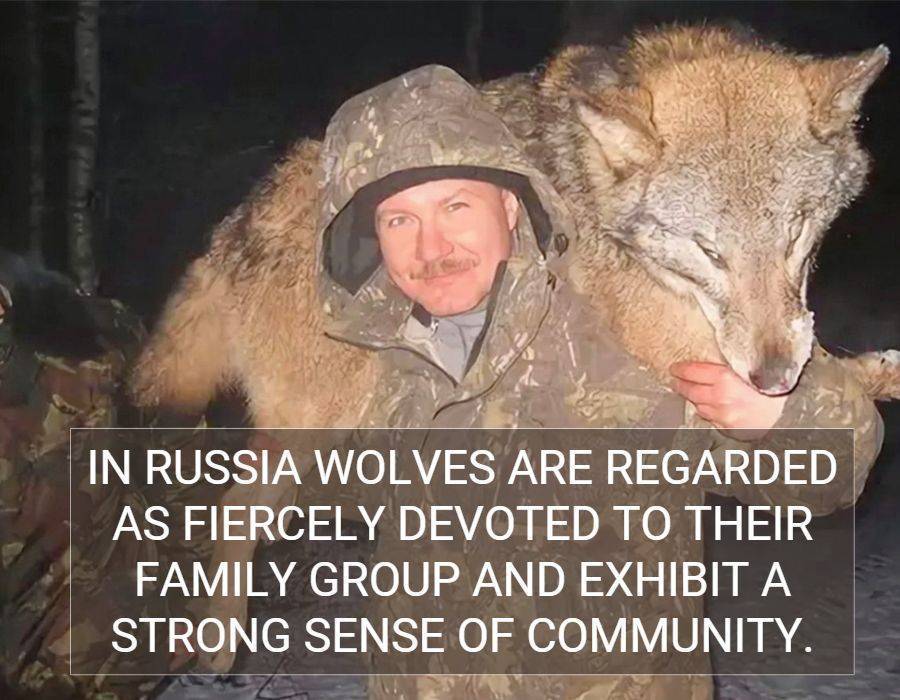
Wolf symbolism in Russian culture is particularly important, even though it is frequently portrayed as a villain in Western culture. It is regarded as one of the most powerful creatures, symbolizing power, agility, and admirable human traits like loyalty and intelligence.
Eagle
The eagle’s impressive wingspan, keen vision, and regal posture have made it a symbol of freedom, nobility, power, and celebration. Eagles are frequently portrayed as majestic, strong birds of prey that soar through the skies.
Because it stands for political and spiritual liberation, the eagle has a special significance for freedom in Russia. Many Russians consider the eagle to represent their own historical struggle for freedom from foreign invaders and oppressive governments.
The Russian flag and the coat of arms show the double-headed eagle. It serves as a powerful reminder of this nation’s past – bearing witness to the deep spiritual and secular ties between state and church. This symbol dates back centuries, originally coming from the Byzantine culture before being adopted by Russia.
One head denotes temporal dominance over its citizens while the other stands in reverence for faith; together they embody an inseparable bond that has influenced Russian history, identity, and tradition through time immemorial.
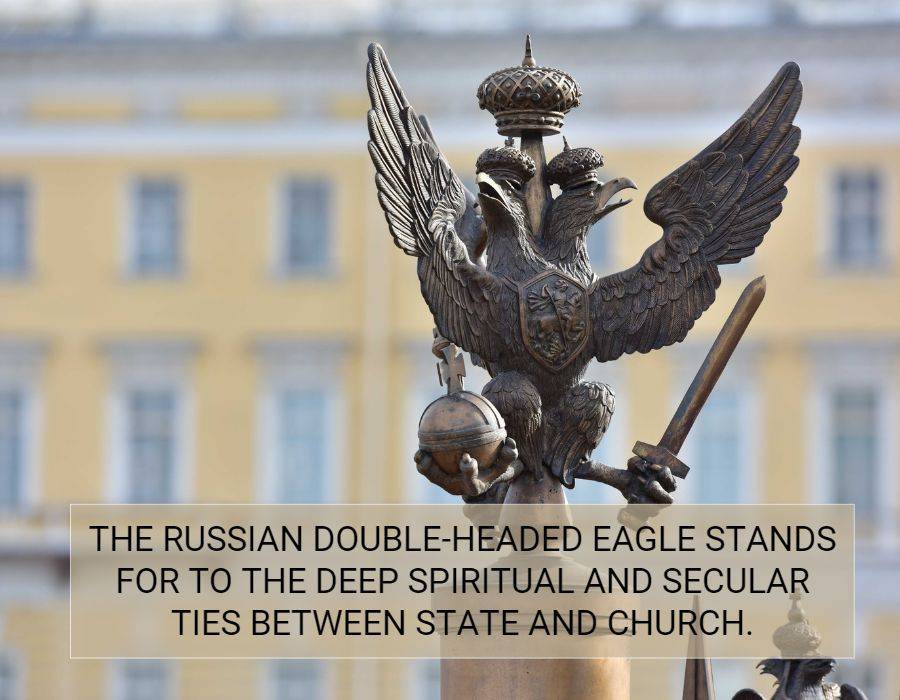
Fox
The fox is frequently used as a metaphor for a crafty and sly animal among Russian animal symbols. The red fox is well known for surviving in a variety of environments by using its agility and speed.
Its reputation for adjusting quickly to new circumstances makes it a fantastic representation of adaptability. The fox is a symbol of strength, but it also embodies intelligence, suspicion, and wit. In numerous tales, the fox outsmarts those who attempt to harm or catch it. As a result, it is a well-known figure in fables and fairy tales throughout Russia and elsewhere.
Horse
The horse is regarded as a representation of power, grace, and strength. Horses are one of the many farm animals portrayed in Russian lore. Horses are frequently portrayed as devoted allies of heroes in folklore and epic poetry.
A galloping horse represents forward motion, momentum, and tenacity—all qualities that Russians aspire to have. The horse’s strength is demonstrated by its capacity to pull heavy loads and run quickly.
This power also stands for endurance and perseverance, qualities highly regarded in Russian culture.
Owl
The owl symbol of Russia often appears in folklore, representing wisdom, mystery, and secrecy. Due to their nocturnal habits and elusive nature, owls have been linked to these characteristics.
Owls are frequently portrayed as keeping watch over secrets that only the wise can access and guarding hidden knowledge.
In some Russian folk tales, the owl is even portrayed as a mediator between the world of the living and the dead. Overall, the owl meaning holds a special place in Russian culture and is respected for its wisdom and insight.
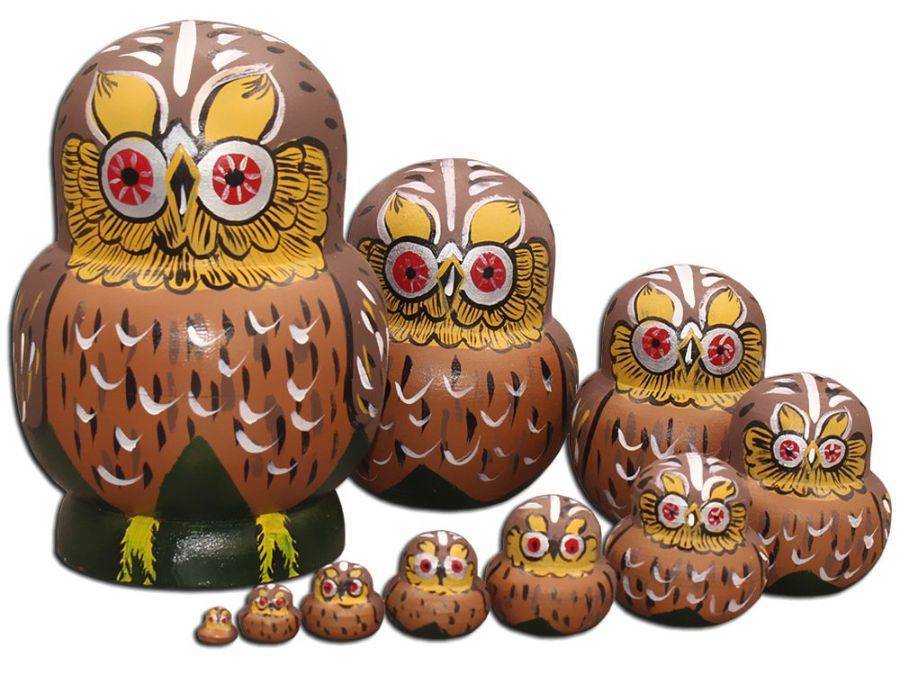
Modern examples of animal symbolism in Russia
Russian animal symbols have maintained their popularity and are still used in literature, art, movies, and political cartoons today. One book that explores the history of wolves in Russia is called That Savage Gaze.
The book suggests how and why wolves have come to be so closely associated with Russia and how these animals have assimilated into their culture. Numerous explanations can be traced back to wolves’ personalities and their influence on Russian hunters and explorers.
The legend Kolobok tells the tale of a fox who outwits other well-known Russian animals using his cunning. The fox ultimately triumphs over the other animals, raising the question of whether the fox’s actions are truly evil or just typical of the animal kingdom.
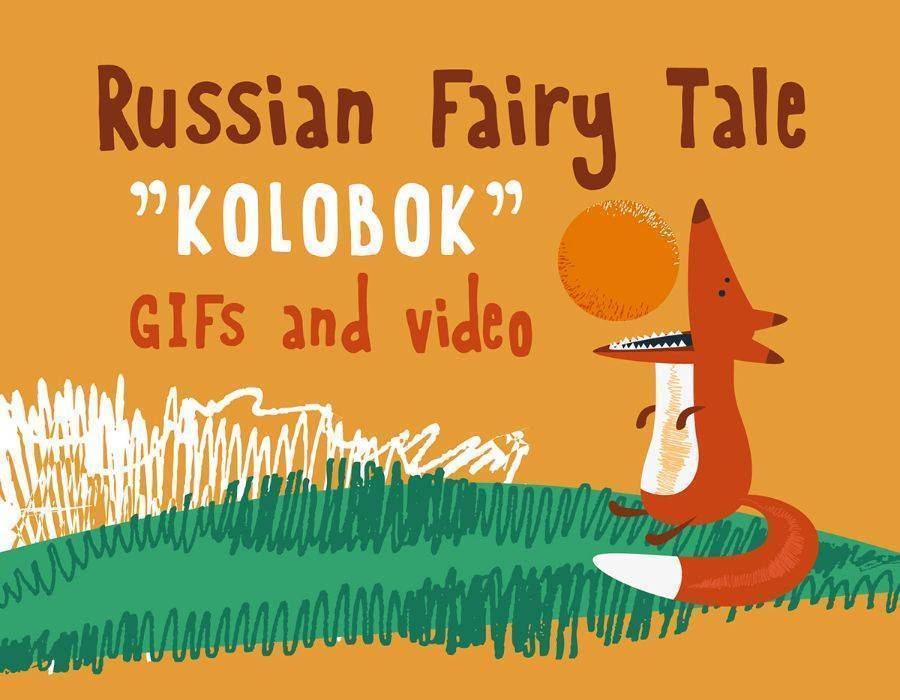
Conclusion
Overall, culture, literature, and other forms of entertainment have benefited greatly from the use of Russian animal symbols. Russians, like people in other parts of the world, are aware of these animals’ profound spiritual lessons and traits, and they often depict them in intriguing ways that contrast the personalities they are given in other parts of the world.
Many animals in Russia hold powerful symbolism that we can meditate on and use as self-reflection. Whether it’s the snow leopard, wild reindeer, arctic fox, or other rare animals, these beautiful creatures have just as much depth to them as the more common national symbols outlined earlier in this article.
See if you can spot any of the characteristics of the animals mentioned in these articles in yourself as you think about them. Then, the next time you encounter a difficulty or an obstacle, you can use these traits to help you overcome them!
Exploring Russia’s National Animal Symbolism and Folklore Heritage
When discussing what animal represents Russia, many international observers immediately think of the bear, but Russian symbolic tradition is far richer. The relationship between Russia’s national animals and cultural identity has evolved over centuries, creating a unique symbolic language that reflects the nation’s spirit and values.
Mythical Creatures in Russian Folklore Tradition
Beyond the well-known symbols of Russia like the bear and eagle, Russian mythology features fascinating beings like the Gamayun, a prophetic bird with a woman’s head that brings wisdom and knowledge from other worlds. The rich tapestry of Russian folklore creatures also includes the Firebird, whose glowing feathers illuminate the darkness and symbolize the pursuit of the unattainable.
While exploring animals in Russian folklore, it’s worth noting how they differ from their portrayal in neighboring cultures. The Bulgarian folktale of Kumcho Vulcho (Uncle Wolf) shares similarities with Russian wolf symbolism but emphasizes different moral lessons about community and natural order.
The Evolution of Russia’s Official Animal Emblems
The Russian coat of arms featuring the double-headed eagle represents more than political authority—it embodies the historical connection between East and West. This official symbol of Russia dates back to Ivan III and has persisted through imperial, Soviet, and modern eras, though its form has evolved. During the Soviet period, the eagle was replaced with communist imagery, raising questions about what animal represents the Soviet Union—often the bear remained the unofficial representative despite official changes.
Less commonly discussed Russian symbolic animals include the Russian ox, which represents agricultural strength and patient endurance—qualities valued in traditional rural communities. These domestic animals complement the wild creatures in Russian symbolic tradition, creating a complete picture of national identity through animal symbolism.
Visitors exploring Russian culture might encounter these symbols daily—from the elaborate Russian breakfast tables adorned with bear and eagle motifs to children’s tales featuring wise wolves and clever foxes. The animal simbolo da Russia (animal symbols of Russia) continue to evolve in contemporary contexts while maintaining their deep historical roots, demonstrating how effectively animal imagery communicates complex cultural values across generations.
FAQ
Does Russia have an official animal?
Yes, the official animal of Russia is the double-headed eagle. Russia is, however, known around the world for its beloved national symbol: the resilient Russian bear. Representing strength and endurance, this iconic figure has been immortalized in folklore, literature, and art – even on their coat of arms!
Why do bears represent Russia?
The bear became a symbol of Russia due to the marketing of bear grease for baldness by English merchants. Political cartoons in the 19th century depicted Russia as a bear, and during the Cold War, it became a metaphor for the USSR’s policies. The bear was chosen as the mascot for the 1980 Moscow Olympics. Read more.
What is the national bird of Russia?
The majestic double-headed eagle has been an emblem of Russian pride since the 15th century. This powerful bird is featured on Russia’s national coat and serves to remind citizens today about their country’s rich history and strong government.
Why do Russian like bears?
Russian mythology and culture have long been entwined with bears, whose strength and beauty have won people over. While they also wander the wilds of Russia as a continual reminder of strength and resilience, attributes widely cherished by its people, these majestic animals are frequently depicted in literature and art. Without a doubt, it is understandable why bears are still so adored today!
What role do mythical creatures play in Russian cultural identity?
Mythical creatures in Russian tradition serve as powerful cultural symbols that embody national values and spiritual beliefs. They appear in folk tales, art, and literature, connecting modern Russians to their ancestral heritage while reinforcing important moral lessons about courage, wisdom, and perseverance.
How has the double-headed eagle evolved as a Russian emblem?
The double-headed eagle has transformed through various historical periods, from its Byzantine origins to Ivan III’s adoption. Despite being temporarily replaced during Soviet times, it returned in 1993. Its consistent use symbolizes Russia’s historical continuity while representing sovereignty and the nation’s unique position between East and West.
Why are wolves portrayed differently in Russian folklore than in Western traditions?
In Russian folklore, wolves often embody loyalty, wisdom, and spiritual guidance rather than just danger. This nuanced portrayal reflects Russia’s deep forest traditions and historical connection to wilderness. Many Russian tales feature wolves as helpers or teachers, contrasting with Western depictions focusing primarily on threat.
What significance do foxes hold in Russian symbolic tradition?
Foxes in Russian tradition represent cunning intelligence used for survival rather than mere trickery. They often appear as clever heroes who outsmart stronger opponents through wit. This portrayal reflects the Russian cultural appreciation for resourcefulness and adaptability in challenging circumstances.
How do animal symbols appear in modern Russian political imagery?
Animal symbols frequently appear in political cartoons, campaign materials, and diplomatic messaging. The bear especially serves as a metaphor for Russian strength and determination in international affairs. These symbols help communicate complex political positions while connecting to deeply rooted cultural understandings.
What is the relationship between Russian literature and animal symbolism?
Russian literature extensively uses animal symbolism to explore human character and societal dynamics. From Chekhov’s “The Bear” to modern works, animals serve as vehicles for social commentary. This literary tradition bridges folklore and contemporary expression, allowing writers to address complex themes through familiar symbolic language.
How do Slavic mythological creatures differ from those in other European traditions?
Slavic mythological creatures often have deeper connections to natural forces and household protection than their Western counterparts. They frequently embody dualistic qualities and can be both helpful and harmful depending on human behavior. This reflects the Slavic worldview emphasizing balance and proper relationship with natural and spiritual realms.
